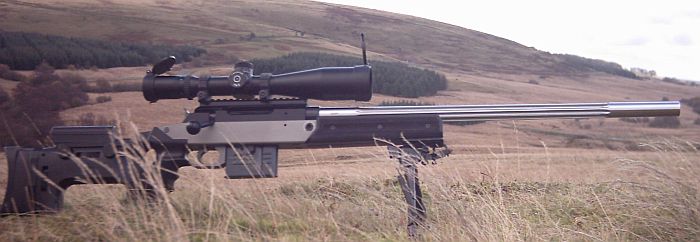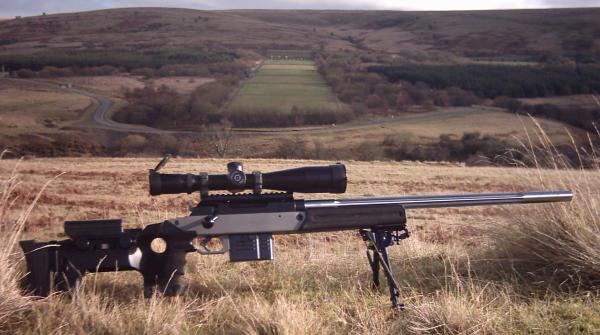Ladies and gentleman, the venerable Weatherby Mark V with a

Introduced in 1958, has recently undergone enhancements and introduction of a "new" cartridge 6.5-300 Weatherby Magnum...

Read more: http://www.gunsandammo.com/first-loo...#ixzz4P0NStdMH

Introduced in 1958, has recently undergone enhancements and introduction of a "new" cartridge 6.5-300 Weatherby Magnum...

Along with its roll-out of the newly redesigned Mark V rifles, Weatherby has also announced the introduction of the new 6.5-300 Weatherby Magnum, which is billed as the “fastest 6.5mm production cartridge in the world.â€
“We have taken ‘Nothing Shoots Flatter, Hits Harder, Or Is More Accurate’ to a whole new level with what is now the fastest production 6.5mm cartridge in the world,†Weatherby said. “The speed and energy of this cartridge is unprecedented and worthy of carrying the Weatherby name, all while exhibiting very manageable recoil.â€
“We have taken ‘Nothing Shoots Flatter, Hits Harder, Or Is More Accurate’ to a whole new level with what is now the fastest production 6.5mm cartridge in the world,†Weatherby said. “The speed and energy of this cartridge is unprecedented and worthy of carrying the Weatherby name, all while exhibiting very manageable recoil.â€
Read more: http://www.gunsandammo.com/first-loo...#ixzz4P0NStdMH























Comment